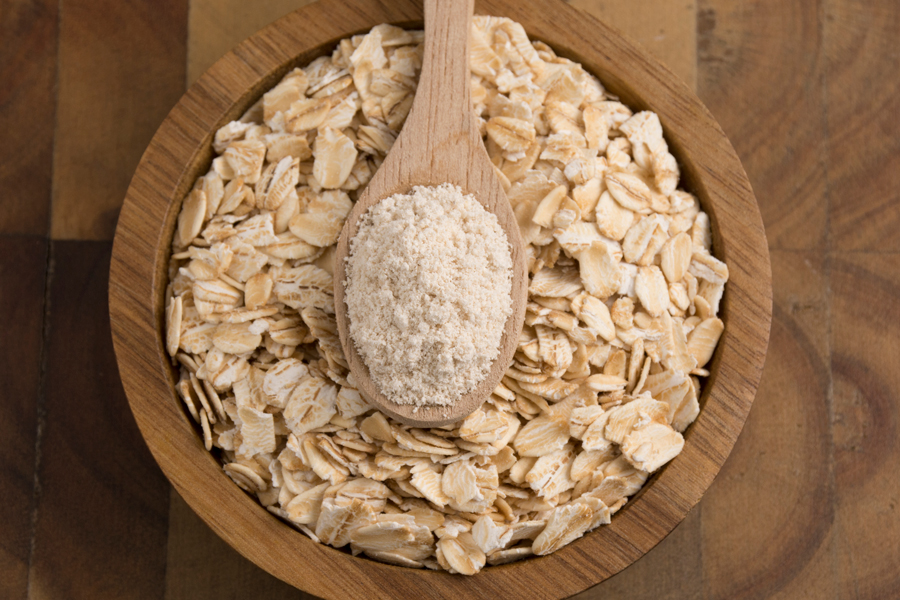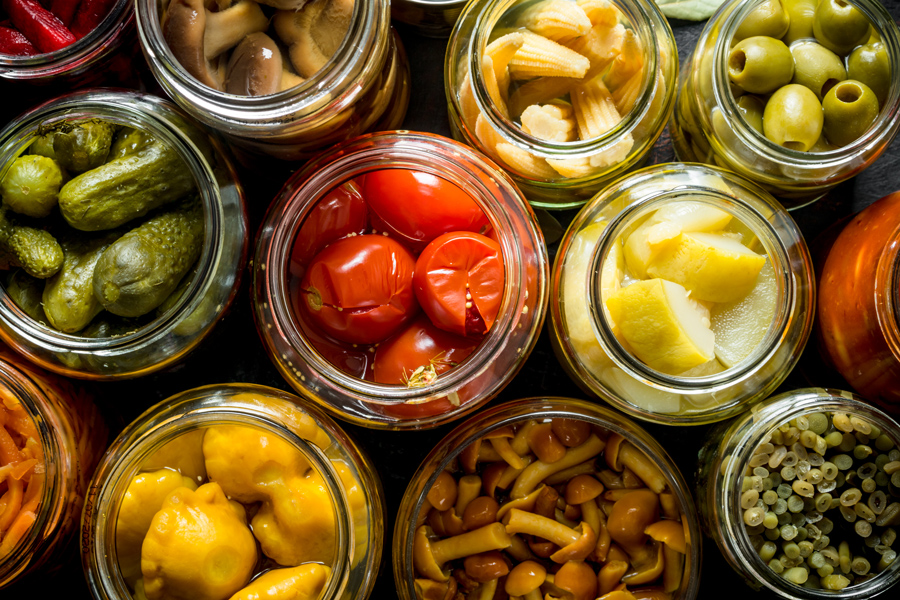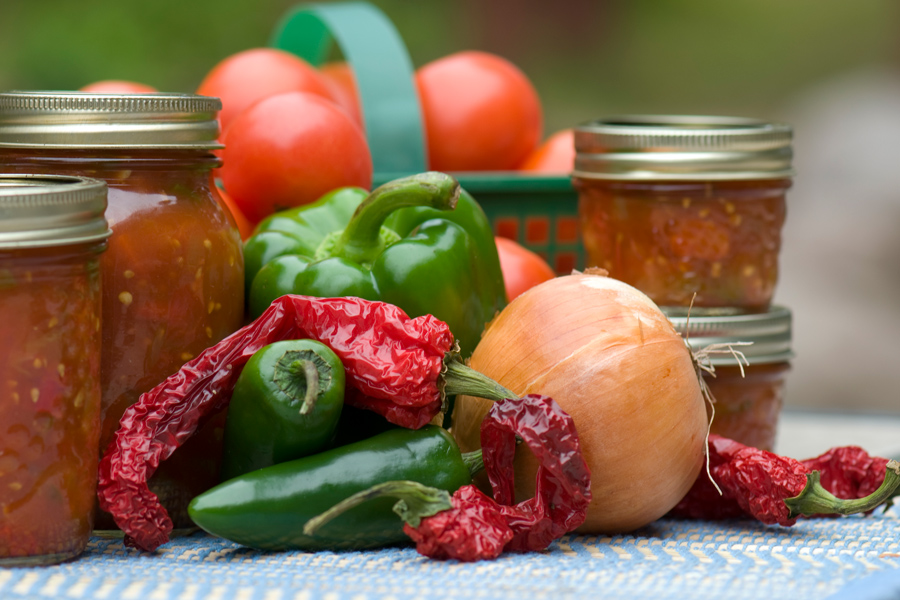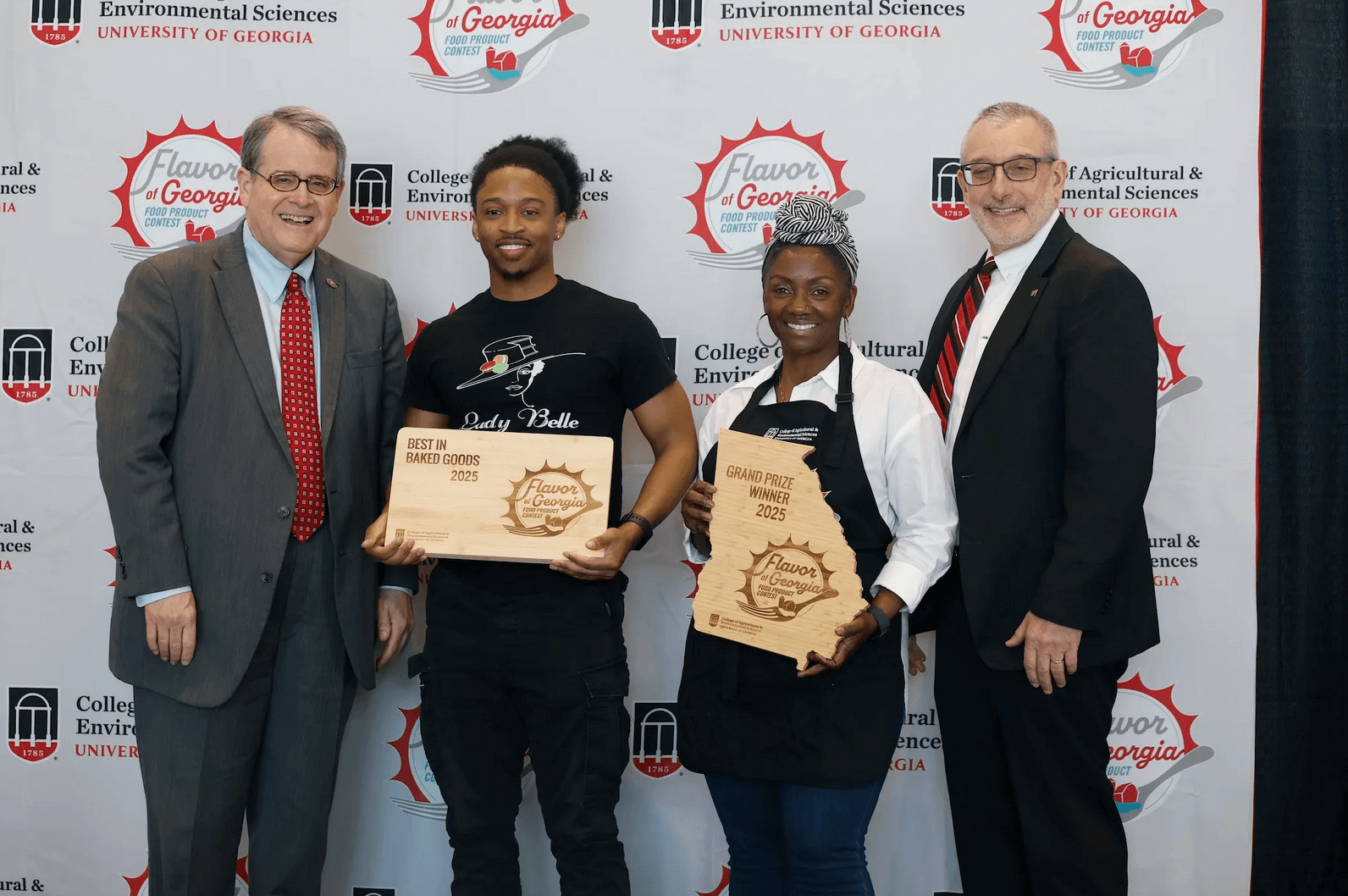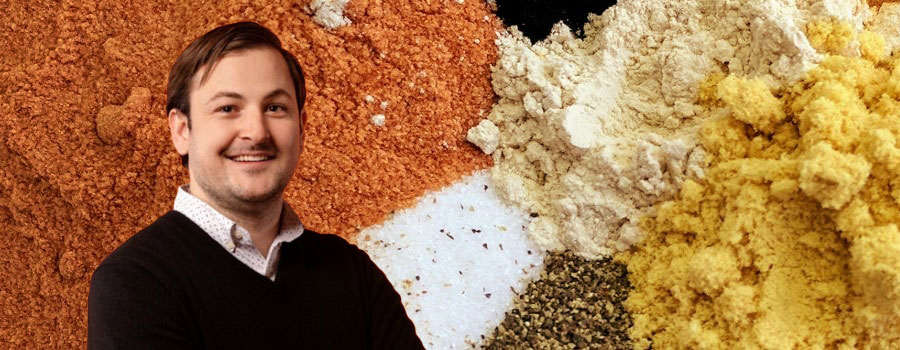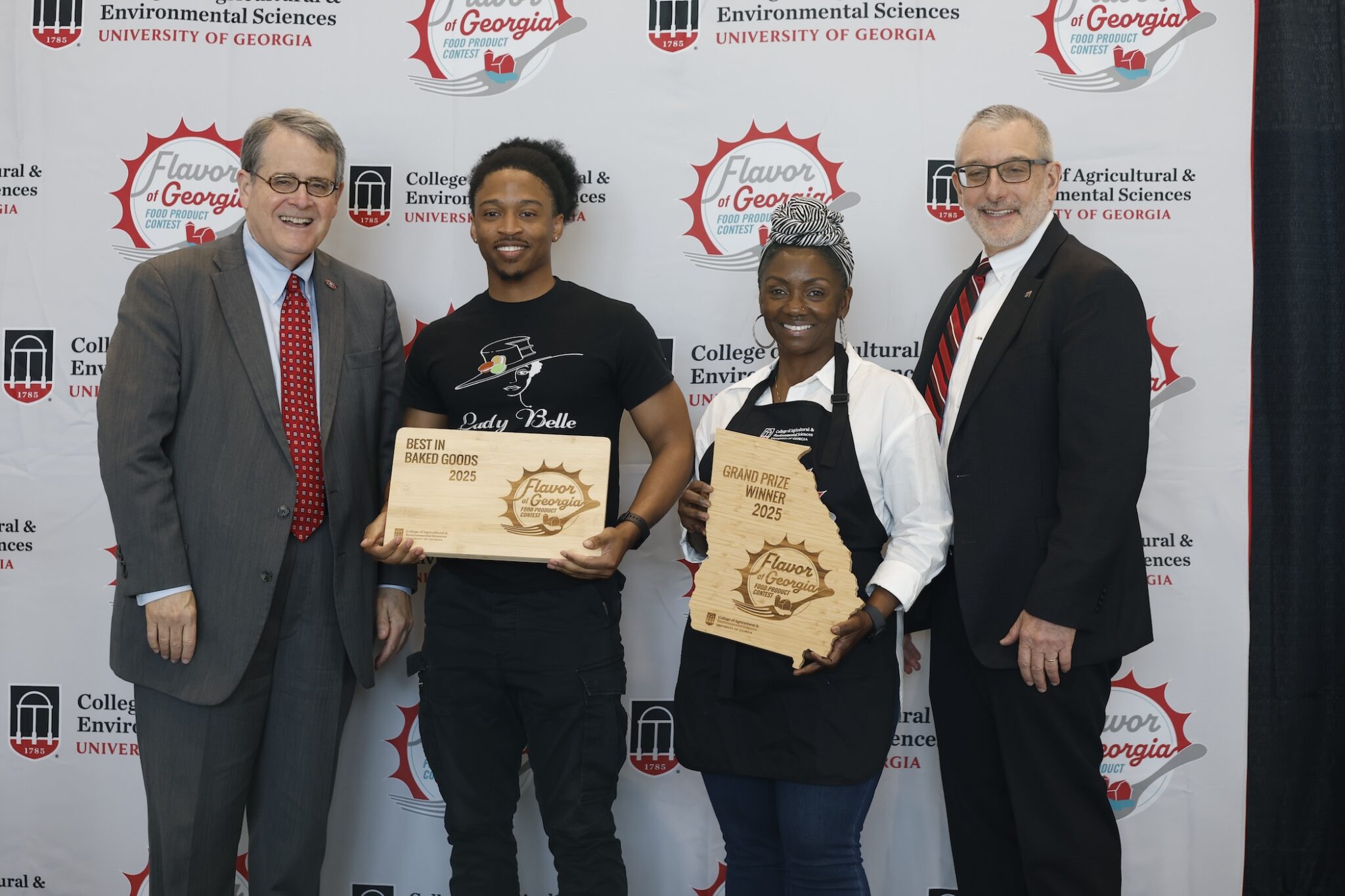U.S. poultry processors are required to meet regulatory requirements for Salmonella and Camplylobacter prevalence in all of the products that they produce. Biomapping, the process of monitoring the efficacy of antimicrobial interventions, helps processors meet performance standards and improve the microbiological quality of poulty products through better process control.
Biomapping is the practice of sampling at specific points in processing where contamination levels can be assessed, measuring the microbiological status of birds against a specific target organism or a class of organisms.
Biomapping allows plant managers to monitor conditions that could lead to loss of pathogen control during poultry processing. Biomapping is an essential tool to systematically evaluate the process and ensure microbiological safety of poultry and poultry products. Biomapping poultry processing operations helps in systematically evaluating the microbiological performance of the process. As this is a time-consuming and expensive process, properly designing the biomapping program is essential.
Prior to developing a biomapping program, it is necessary to answer a few key questions:
What do we need to evaluate?
- Sanitation, incoming products, slaughter and/or manufacturing process, finished product
What do we look for?
- Indicator organisms like Enterobacteriaceae or pathogenic organisms such as Salmonella and Campylobacter
What do we do with the data?
- What is the corrective action if the prevalence/concentrations is/are high?
In designing a biomapping program, the first step is to develop a process flow diagram. Figure 1 shows a sample flow diagram that is representative of the process.

Advantages of biomapping
- Identifies microbial “hot spots” in the process to aid troubleshooting, if necessary
- Evaluates effectiveness of antimicrobial interventions
- Helps optimize process for improved microbial control
- Enables better resource utilization (i.e., antimicrobials)
- Enhances adaptability of newer technologies into the process
Effective strategies to develop a biomapping program
Basic steps in establishing an effective biomapping program:
- Define the main goal of the biomapping program (efficacy of antimicrobial interventions or the microbiological profile of the process and the impact of process changes).
- Identify the focus of the program, such as foodborne pathogens (prevalence vs. concentrations) or indicator organisms.
- Establish the microbiological targets at critical processing steps and the implications if those targets are not met.
Develop a method to convert data into actionable information through trend analysis.
- Implement a systematic method for data management and trending.
- Outline steps to address deviations from the microbiological targets at critical steps.
A successful biomapping program will be a dynamic system and will adapt to changes in the product and the process. Biomapping can be an important tool to manage and ensure the microbiological safety and quality (shelf life) of poultry products.



